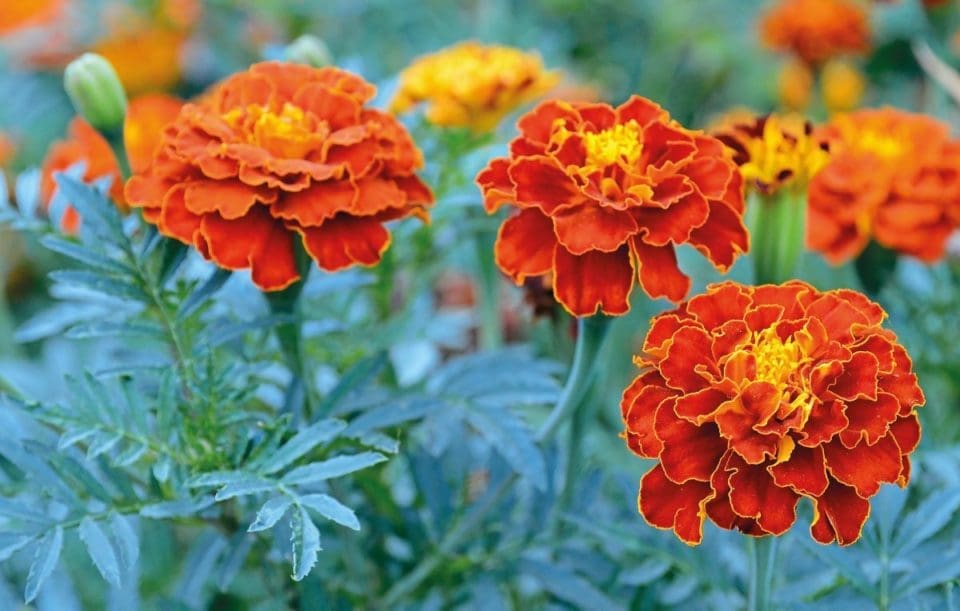A plague on all our plants? Hopefully not, says David Patch, who offers some sound advice on how to keep our precious fruit crops free of pests and diseases.
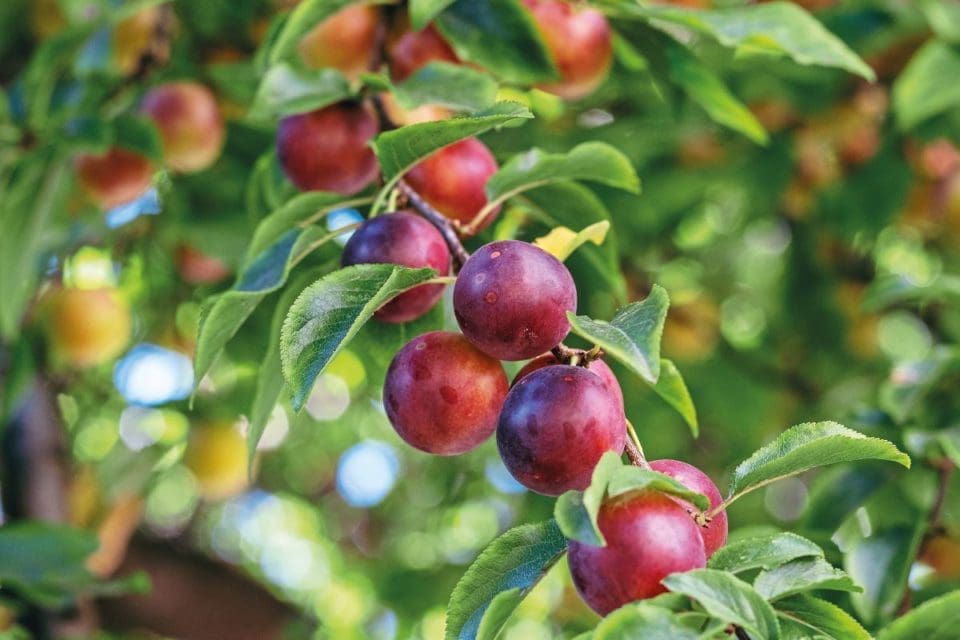
Over the past years, we’ve all had a crash course in virology, understanding more than we ever did (or perhaps ever wanted to) about how infectious diseases can be transmitted. We’ve also learnt how even relatively simple steps can work to help prevent them spreading.
As gardeners we are all too aware of the seemingly unending panoply of pests and diseases lurking unseen to wreak havoc on our best-laid plans. Timely then to have a look at some of the reasons disaster can strike, and more importantly what we can do to prevent this happening. I’m not aiming to look at specific problems and their relevant solutions, more a general, holistic approach about how to minimise the chances of disaster striking, and having the healthiest and heaviest cropping fruit trees possible.
Let’s be clear, this isn’t a guide to organic gardening. While I completely agree with the principles and try to implement these as much as possible, I’m a very pragmatic gardener. If it works, I’ll do it. I try to limit my use of pesticides and herbicides as far as possible, but in extremis I have certainly reached for a bottle of bug spray when a prized plant is infested with aphids. It’s a quick fix when time is short – and time in my own garden is certainly in very limited supply at times. I tend to take the view that I don’t have to be perfect, just ‘good enough’. With this in mind, let’s look at some general principles which will stand us in good stead for a healthy fruit garden.
RIGHT PLANT, RIGHT PLACE
Prevention is better than cure. This is as true in the garden as it is for the gardener. Much as we succumb to coughs and colds more easily when tired and run down, so too are plants less able to shrug off attacks from pests and diseases when stressed. Good general husbandry is therefore key – making sure our plants have the right conditions to flourish in. Most fundamental is the old adage of the right plant, right place.
Much as a rhododendron grown on chalky soil will always struggle and look anaemic, so we need to make sure our fruit trees and bushes are in the right site to begin with. Luckily, with the exception of blueberries and a few other acid-loving soft fruit, most fruit trees will do very well in most general soils, with at least half a day of direct sunlight during the summer.
The most common cause of health issues is a lack of moisture, especially as we seem to be experiencing long dry periods in spring and early summer, a critical time for new plant growth. Gooseberries are a classic example – as soon as they dry out a little at the roots, mildew will strike and quickly envelop the foliage and fruit. It can ruin a whole crop if not spotted early.
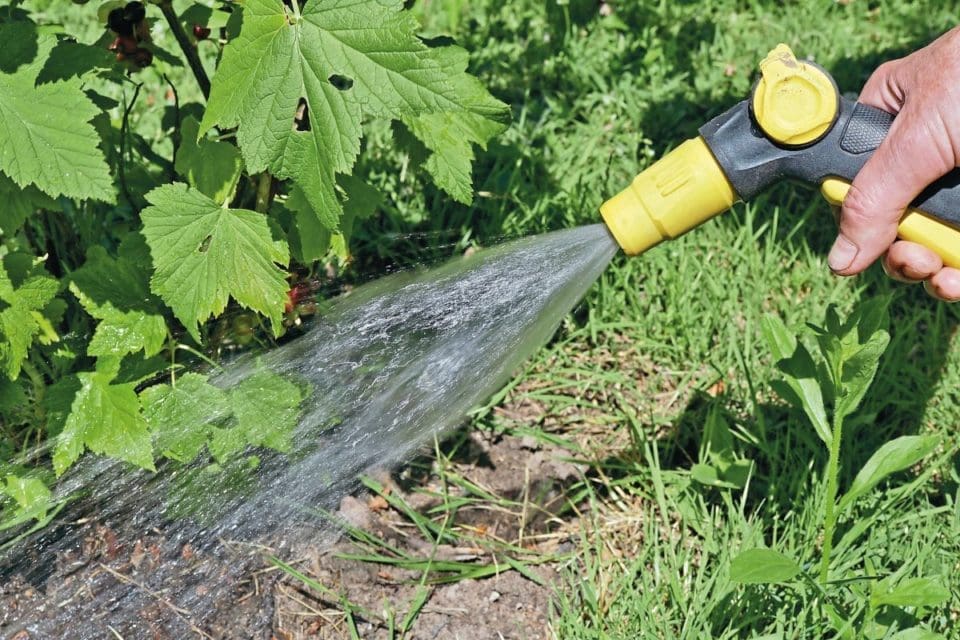
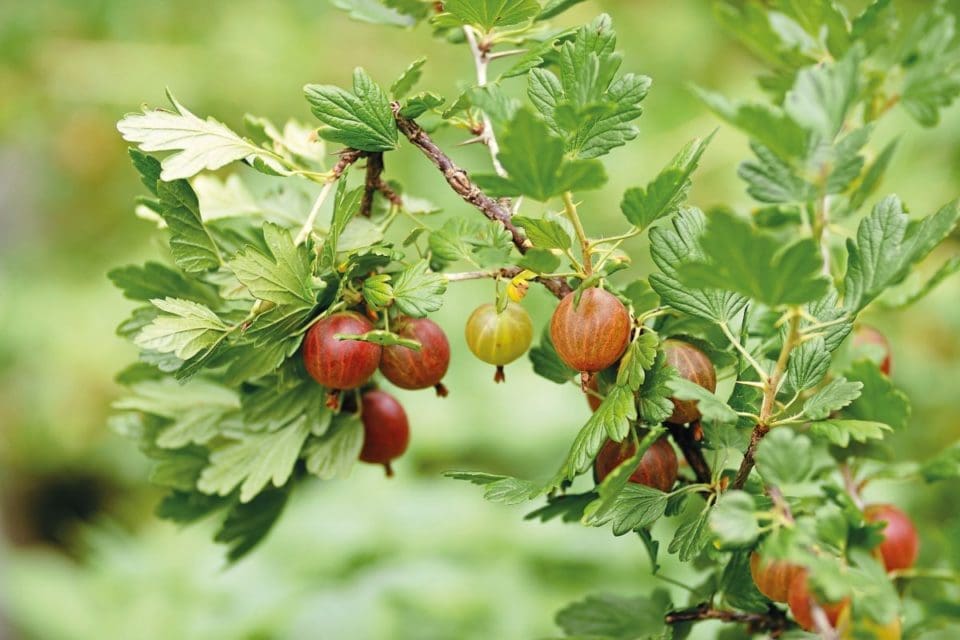
Mulching is key – almost every plant in your garden will benefit from a deep layer of organic material (or cardboard, or old carpet) applied around the base of the plant in spring, when the soil is wet but starting to warm. It stops evaporation and keeps the moisture levels more even, not only helping to prevent mildew but also helps to stop fruit splitting.
Correct feeding is also critical to plant health. Be aware that overfeeding is just as bad as underfeeding, especially if too much nitrogen is given. It promotes lush new growth, which acts as an all you can eat buffet for any passing aphids and blackfly. Most fruit trees, in most soils, will only need a high-potash feed once in spring to encourage good crops. Seaweed feed applied as a foliar drench once or twice in the summer can also be very beneficial, as it is very high in micronutrients and minerals, but low in nitrogen. Think of it as the equivalent to taking a multivitamin – it does not contain any of the protein, carbs or fats you need to live, but guarantees you have all the vitamins and minerals to thrive.
GOOD HYGIENE
Good pruning is also an essential ingredient in keeping your plants happy and healthy. It improves air and light circulation. Fungal infections thrive in a closed, humid atmosphere, and opening the plant out will greatly lessen the chances of mould, sooty mildew and scab. It also gives fewer hiding places for bugs and other pests and allows predators access for natural control.

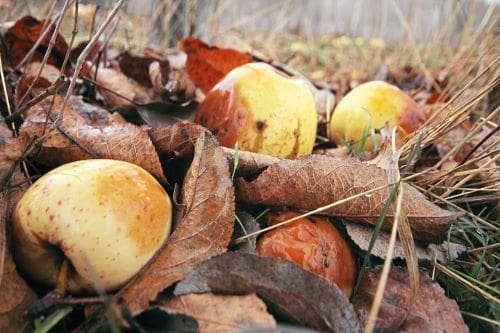

Fastidious general hygiene is another traditional practice which will make a big difference to the health of your plants. Clear away prunings promptly, especially of dead or diseased wood. A lot of pests and diseases have a natural life cycle, and breaking that cycle is key to getting on top of issues and preventing them from recurring. Rake up fallen leaves in autumn, remove any fruit affected with brown rot, and you’ll take away spores which can overwinter and reinfect the tree the following year.
Probably the single most important task for this is to winter wash your fruit trees – organic washes based on natural ingredients are widely available. It gives your trees a clean start in spring, and means you at least start the season in a good place.
COMPANION PLANTING
Act early. It should be a regular, and enjoyable, part of your weekly routine to just wander and observe. As soon as you see a problem, do something about it – it’s very unlikely to get better on its own, and acting promptly will stop a much bigger problem happening further down the line. As soon as you see the first aphids, wash them off with the hose or use a soft soap solution.
Many foliage diseases start to appear about a month after the leaves emerge in spring – peach leaf curl, rust, pear leaf blister mite – so pick off the leaves to stop it spreading (as a rule of thumb, don’t take off more than 25% of the leaves, otherwise the plant can’t produce any energy and will be further weakened).
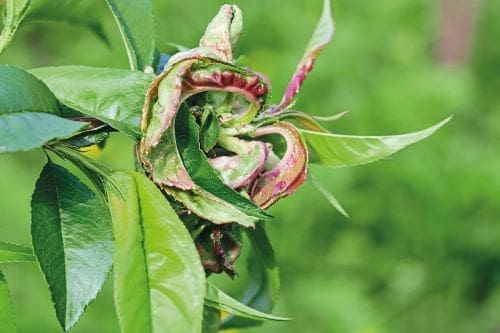

Companion planting is another successful strategy to improve the health of your garden.
The obvious way it helps is by preventing a monoculture – a big block of the same plant is a magnet to pests, and also means that diseases can easily be transferred from one plant to another. Having a bigger variety of plants close by creates a diverse ecosystem which can reduce the build-up of problems. It also encourages a wider variety of natural predators.
Companion plants can also help to camouflage or disguise a plant you want to protect, often through scent. French marigolds are an excellent companion plant through much of the garden, as the scent deters whitefly and they also kill soil nematodes. Any of the allium family, both edible and the ornamental drumstick varieties, are also extremely valuable as companions – the scent deters pests and the sulphur present in all allium bulbs can act as natural fungicide. Planted around apple trees they can prevent attack from woolly aphids, but they are beneficial throughout the fruit garden.
